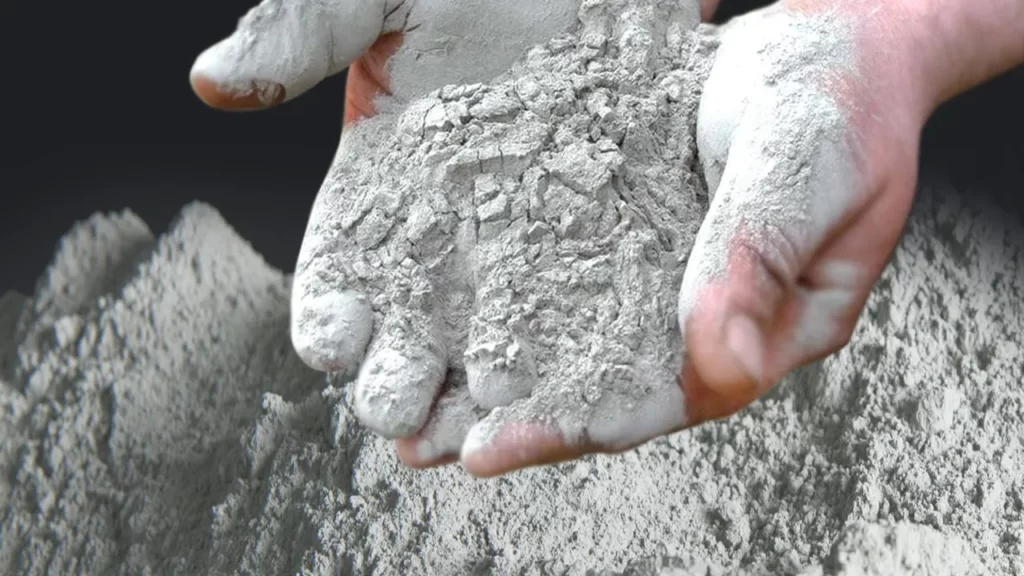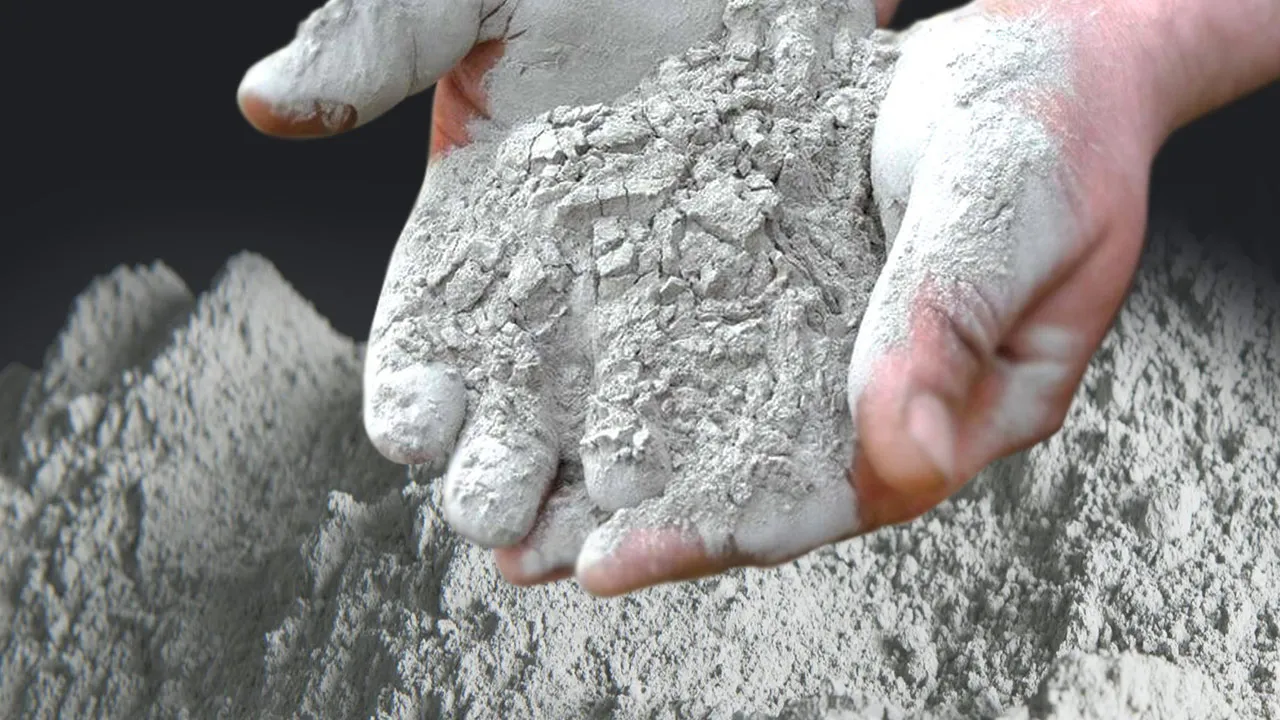Cement is a vital material used in the construction industry and there are a number of compounds that go into the making of this versatile material. One such compound is called Bogues compound and it plays an important role in the production of cement.
In this blog post, we will explore the various aspects of Bogues compound in cement, including its heat of hydration, the four compounds found in cement, and what cement is.
All these topics and more will be discussed in this comprehensive guide to Bogues compound in cement. So, let’s get started!

Decreasing order of rate of hydration
The rate of heat of hydration of the bogue’s compound in descending order is C3A > C3S > C4AF > C2S. Dicalcium silicate produces the least heat while tri-calcium aluminate is maximum.
When it comes to the heat of hydration of Bogues compound, there are two main things to consider. First, the rate at which hydration occurs and second, the amount of heat released during hydration.
When it comes to the rate of hydration, Bogues compound tends to take longer to hydrate than other compounds in cement. This is because Bogues compound is made up of two primary components – aluminium oxide and calcium oxide. These two components take longer to react and form a bond than the other components in cement, thus slowing down the hydration process.
Similar Questions: Heat of hydration of Bogue compounds – Maximum heat of hydration
In terms of the amount of heat released during the hydration process, Bogues compound releases a considerable amount of energy – up to two times more than other compounds in cement. This is because when Bogues compound hydrates, the formation of new compounds results in a release of energy as heat.
Due to its slower rate of hydration and greater heat release during hydration, Bogues compound can lead to significant temperature increases in concrete structures during curing. Therefore, it is important for engineers to be aware of this when designing and constructing structures using cement with Bogues compound.






















